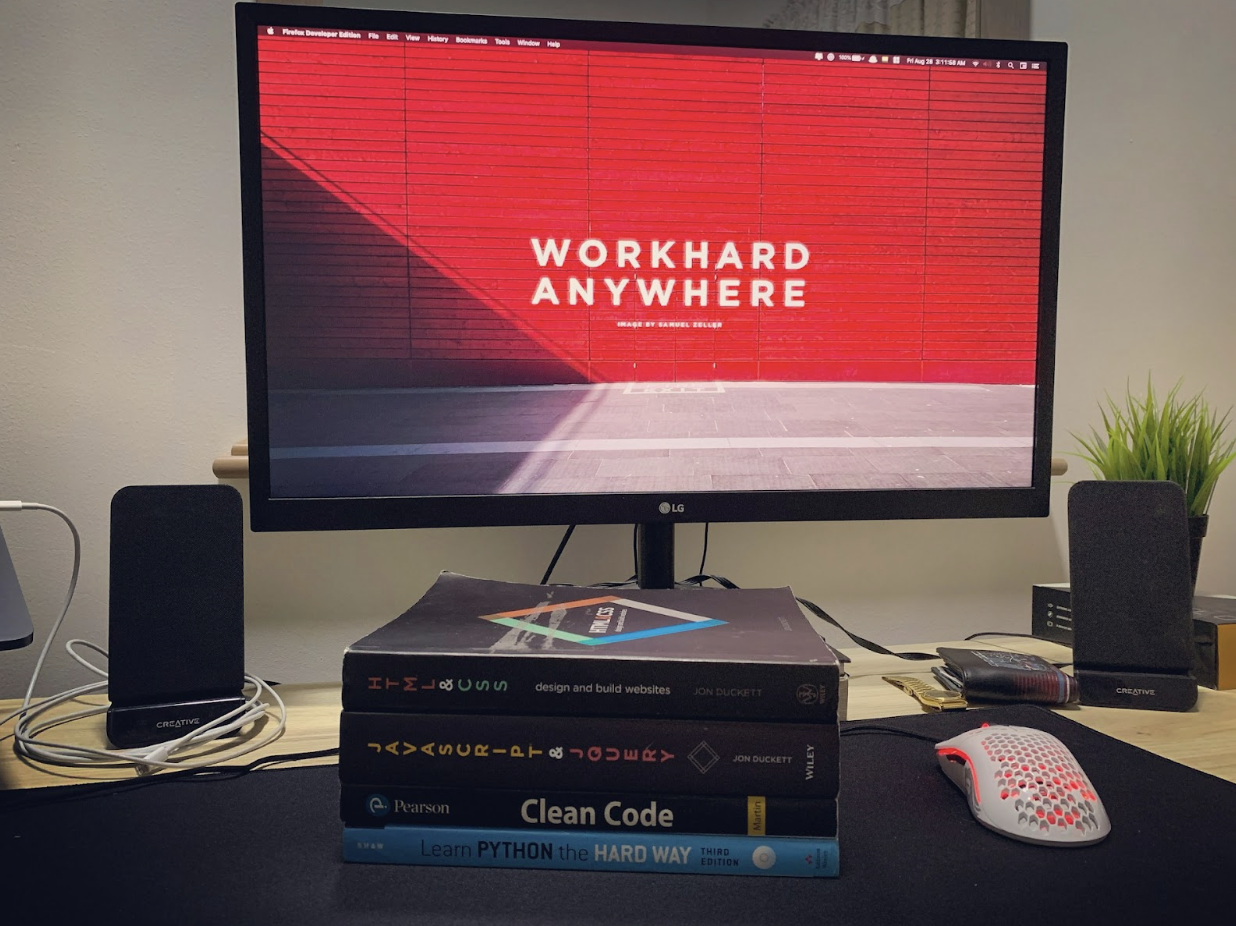 News
News
Let’s be transparent. If you are reading this article, you are probably looking for alternatives for software development and potentially trying to initiate cost savings, while maintaining the same level of development quality. Nearshoring has been a popular choice in recent years for US companies looking to hire developers in Latin and South America. Why? Well, the demand for software development in North America far exceeds the available developers at a reasonable price. So where does that leave your organization? There’s always the alternative of hiring a nearshore software development company to do the work. You have options in Canada or Latin America, the latter offering the majority of the cost savings. That being said, let’s discuss some of the pros and cons and how it can ultimately help your organization.
What’s the difference between offshore and onshore?
If you are located in the United States, nearshoring would simply consist of hiring from Canada or Latin America. (Think Mexico, Argentina, and Costa Rica), all the pretty and warm places. Any country that is essentially within the same timezone plus or minus an hour or two, and somewhere you can fly in a couple of hours. Most of these countries will have a large talent pool of developers with a cost savings of approximately 30-40% compared to North American rates.
On the other hand, Offshoring would be hiring software development firms in faraway countries in different time zones. Think Eastern Europe, Pakistan, India, and even the Philippines. Typically these countries are going to have a large talent pool of software engineers at the lowest costs.
Luckily, globalization has made it easy to do either of these options. From communication to payment solutions, your organization now has the ability to work with any nearshore software development company regardless of proximity to your home country. There’s also a variety of ways to accomplish your goals from staff augmentation to hiring a developer directly, to even full-cycle Agile software development firms that will manage your project from start to finish.
What’s the better option for me?
The decision of which nearshore software development services to get should be made based on business needs to define what is best for your organization when it comes to price, quality, and cultural compatibility. Within the Blue Coding team, we have met plenty of great firms across the years, both offshore and nearshore. In our experience, it really comes down to compatibility and choosing a remote development company with a solid understanding of your organization's needs. There’s a wide variety of firms out there, and it’s been a pleasure to meet developers and vendors from all around the world who share the same mission of running a sustainable software development company while providing excellent customer service.
Pros of Offshoring:
Offshoring can offer significant cost savings due to lower labor costs in the destination country.
It can also provide access to a larger pool of skilled workers.
English level is very dependent on the firm, but from personal experience, I can say that the majority of firms would rank as “very good”.
Cons of Offshoring:
Communication and collaboration may be more challenging due to differences in time zones and language barriers.
Cultural differences can also create misunderstandings and make it harder to work with the offshore team.
Travel costs for in-person meetings or training may be higher.
There may be legal and regulatory differences that need to be taken into account.
Pros of nearshoring:
Shorter distances and time zones can facilitate better communication and collaboration.
Cultural and linguistic similarities can reduce misunderstandings and make it easier to work with the nearshore team.
Transportation and travel costs may be lower.
It may be easier to visit the nearshore team in person to discuss projects and provide training or support.
Cons of nearshoring:
The cost of labor may be higher in the nearby country.
There may be less of a cost advantage compared to offshoring to a country with lower development rates.
So how do I hire a Nearshore or Offshore Firm?
There are a few steps you can take to hire a great software development firm:
Define your project: Clearly define the scope and objectives of your project, including the budget and timeline. This will help you determine the resources and expertise you need from a software development firm.
Research potential firms: Look for firms that have experience in the type of software development you need and a track record of delivering successful projects. Consider factors such as the firm's size, location, and pricing.
Review portfolios and case studies: Look for firms that have completed similar projects to the one you are considering. Review their portfolios and case studies to get a sense of their work and the results they have achieved for other clients.
Interview the firms: Schedule interviews with any nearshore software development company you are considering. This is an opportunity to ask specific questions about the firm’s experience, IT hiring process, and approach to software development.
Select the right fit: After reviewing the firms' portfolios, case studies, and conducting interviews, choose the firm that best fits your needs and budget. It's important to choose a firm that you feel comfortable working with and that you believe will deliver high-quality software.
Remember to clearly communicate your expectations and project requirements to the nearshore team or development partner, and establish clear lines of communication to ensure a successful collaboration. Find a company and representative at that company who share the same vision, and ultimately someone who you get along with. Personalities matter.
What Hiring Models does a nearshore development company offer?
Most nearshore and offshore firms will offer a few different models that can get a bit confusing if you aren't paying attention. It’s important to understand which service you are signing up for because they are vastly different in how they are delivered.
Staff augmentation:
A business strategy that involves hiring additional employees to temporarily supplement an organization's existing workforce. The goal of staff augmentation is to increase the capacity of an organization to complete a specific project or task by bringing in additional skills or expertise that are not currently present in-house. These employees are typically contracted for a specific period of time and are not considered permanent members of the organization. Most IT staff augmentation firms will find, vet and recruit the right developer for your company, and then hire them directly under their organization. They will bill you monthly and check in with the client (you), and the developer to make sure things are going according to the plan. You can expect the developers salary plus a 20-40% margin for staff augmentation pricing. While this may sound expensive to start, you can still expect to save around 30-40% as opposed to hiring a software developer in North America.
Direct hires:
This refers to the process of hiring new employees who will become permanent members of an organization. Most companies only recruit direct hires if they have an entity established in the country in which they are hiring from. The challenge is navigating and dealing with compliance, security, tax implications, and paying developers directly. Most firms will charge you between 15-30% of the developer’s expected first year salary to find the right fit for your team.
Custom software development:
This is the process of creating a software application that is tailored to the specific needs and requirements of an organization. This can involve building a new application from scratch, or modifying and customizing an existing application to meet the organization's needs. Nearshore custom software development is often used to address specific business challenges or to improve the efficiency and effectiveness of business processes. Some firms will have full teams proficient in a variety of technologies ready to execute these projects. It’s a great option if you are a non-technical person looking to build an application. You can be billed by T&M or a fixed-cost project. See below to get a better understanding:
Time and material (T&M) and fixed cost are two different pricing models commonly used in nearshore software development projects.
In a time and material pricing model, the client pays for the time and materials used in the development of the software. This model is typically used when the scope of the project is not well defined at the outset, and the client is willing to pay for the actual time and resources needed to complete the project. The T&M model is often used when the project involves a high level of uncertainty or when the client wants to have a high level of flexibility in the development process. Most firms will prefer using this model as it’s increasingly hard to define client project needs at the beginning of the process.
A fixed cost pricing model, on the other hand, involves setting a fixed price for the development of the software upfront. The client pays the nearshore development company a predetermined amount for the project, regardless of the actual time and resources needed to complete it. This model is typically used when the scope of the project is well defined and the client wants to have a clear understanding of the total cost of the project before it begins. The fixed cost model can be less flexible than the T&M model, but it can provide more predictability and stability for the client.
Does every nearshore development company work with my technology stack?
Software development companies may work with a variety of different technology stacks, depending on the specific needs and requirements of their clients and projects. A technology stack refers to the combination of programming languages, frameworks, libraries, and other tools that are used to build and maintain a software application. Most nearshore development firms also have a network of developers within these technologies, or are very familiar with technical vetting for the main technologies.
Some common technology stacks that nearshore software development companies may work with include:
LAMP (Linux, Apache, MySQL, PHP)
MEAN (MongoDB, Express.js, AngularJS, Node.js)
Ruby on Rails (Ruby, Ruby on Rails)
.NET (C#, .NET Framework)
Java (Java, Spring)
These are just a few examples, and there are many other technology stacks that software development companies may use, depending on the specific needs of their projects. Some nearshoring firms may also use a mix of different technology stacks, depending on the specific requirements of each project.
Looking to hire a nearshore development firm?
Blue Coding is a nearshore outsourcing agency that allows you to hire IT service providers and software developers in Central and South America. With Blue Coding, you don't have to worry about struggling with an extensive hiring process to find the right expert for your project or staff augmentation requirement. We have highly experienced experts for each skill who are available to begin work with you immediately. Contact us now to know more about our services and outsource highly skilled experts. If you decide nearshore isn’t the right option for you, we will be happy to recommend some great offshore firms.



